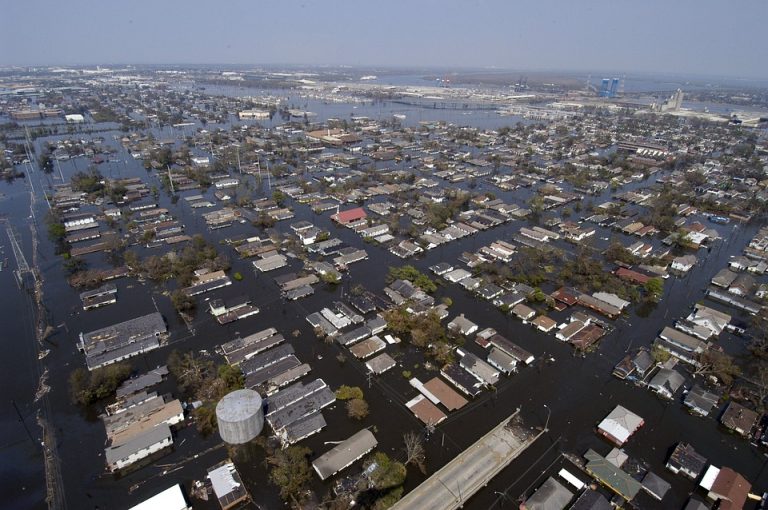Emergencies can strike at any moment. It is important to consider how to prepare for the special needs of your family including children, elderly family members, and pets. When disaster strikes, unique considerations come into play for these vulnerable groups. In this article, we will explore essential emergency preparedness considerations for children, elderly individuals, and pets, helping you create a comprehensive plan that prioritizes the safety and comfort of your loved ones.
Emergency Considerations for Children

- Communication: Ensure that your children know how to contact you or another trusted adult in case of separation during an emergency. Teach them your phone number and address, and consider providing them with a prepaid cell phone or a communication plan.
- Emergency Kit: Create a personalized emergency kit for each child, including their favorite comfort items, snacks, and games. This can help reduce anxiety and keep them occupied during stressful times.
- Education: Teach your children about different types of emergencies and what to do in each situation. Conduct practice drills, so they are familiar with evacuation routes and safety protocols.
- Medical Needs: If your child has special medical needs, ensure that you have an adequate supply of necessary medications and medical supplies in your emergency kit.
Special Needs for the Elderly in an Emergency

- Medical Information: Maintain an up-to-date list of your elderly family member’s medications, allergies, and medical conditions. Share this information with caregivers and emergency responders.
- Mobility Considerations: Assess the mobility needs of elderly family members. Ensure that mobility aids like walkers, wheelchairs, or canes are readily accessible and in good working condition.
- Evacuation Plan: Develop a clear evacuation plan that takes into account the specific needs of the elderly person, including transportation options and accessible shelter locations.
- Emergency Contacts: Create a list of emergency contacts, including neighbors or friends who can provide assistance if needed.
Emergency Preparedness for Pets

- Identification: Ensure that your pets have proper identification, including collars with ID tags and microchips with up-to-date information. Keep a current photo of your pet in your emergency kit.
- Emergency Kit for Pets: Prepare a pet-specific emergency kit, including food, water, medications, and comfort items. Don’t forget to include a leash, carrier, or crate for transport.
- Pet-Friendly Shelters: Research local shelters or accommodations that accept pets in case you need to evacuate. Make sure your pet is up-to-date on vaccinations, as some shelters may require proof of vaccinations.
- Transportation: Plan for the safe transport of your pet during an evacuation. Have a designated pet carrier or crate ready for quick and secure transport.
Conclusion
Emergency preparedness is a responsibility that extends to every member of your family, including children, elderly individuals, and pets. It is important to consider how to prepare for the special needs of your family, and to take proactive steps to address those needs. Remember to regularly review and update your emergency plans and kits to stay prepared for any unexpected situation. Your family’s well-being depends on your readiness and ability to adapt in times of crisis.



